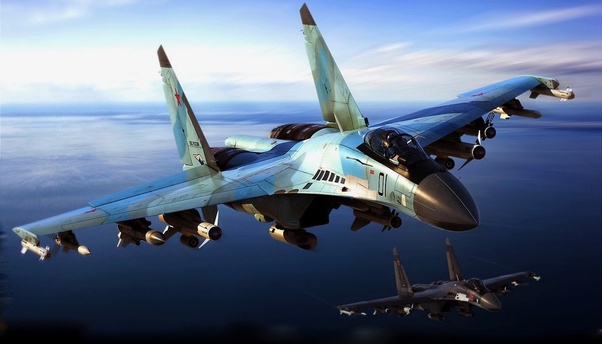JakartaHerald.com - Actually, Indonesia had planned to pair the Su-35 with the Rafale. This plan had been in the works for several years, as the duo of Su-35 and Rafale was seen as a perfect fit to bolster Indonesia's national air power.
However, the threat of US sanctions under CAATSA loomed, forcing Indonesia to only purchase Rafale aircraft and opt for the F-15 Eagle II instead of the Su-35.
So, for the next 15 years, Indonesia will possess a single formidable fighter jet duo consisting of the Rafale and F-15 Eagle II, rather than the initially intended Su-35.
In terms of role and function, the F-15 Eagle II and Su-35 are quite similar - both classified as Heavy Fighters capable of carrying large weapon payloads and having high endurance.
However, despite the hefty price tag, the F-15 comes equipped with more advanced technology compared to the Su-35. The F-15 boasts the EPAWSS defense system, which includes the cutting-edge AESA AN/APG-82(V)1 radar, considered one of the most sophisticated in the world as it can track and shoot down stealth fighters.
Additionally, the F-15 Eagle II has incorporated the Advanced Display Core Processor II (ADCP II) mission computer, providing a 360-degree battlefield situational awareness for pilots to make informed decisions.
On the other hand, the Su-35 lacks the aforementioned features, with its PESA Irbis E radar having limitations in tracking stealth fighters.
Egypt experienced this firsthand when it pitted its few Su-35s against Rafales in a simulated air combat exercise. The result showed a clear victory for the Rafale's AESA RBE2 radar within the SPECTRA self-defense system.
Military aviation expert Tom Cooper, as quoted by Forbes, highlighted the disparity and Egypt's subsequent disappointment with the Su-35's performance.
This revelation led Egypt to increase its Rafale procurement while reconsidering its commitment to the Su-35. Even though Egypt had been a loyal customer of Russian military equipment, the underperformance of the Su-35 dealt a significant blow to Russia.
Concerns over potential CAATSA sanctions also factored into their decision-making process.
Interestingly, despite the lessons learned from Egypt, Indonesia still harbours a desire to acquire the Su-35, much to the displeasure of France, who had been actively promoting the Rafale to Indonesia.
La Tribune reported on Indonesia's previous preference for the Su-35 over the Rafale, only to later opt for 42 units of the Rafale. It seems highly unlikely for Indonesia to acquire both the Su-35 and Rafale simultaneously at this point.
In conclusion, Indonesia faces a pivotal decision in its fighter jet procurement strategy, balancing technological advancement with geopolitical considerations. The choice between the Rafale and F-15 Eagle II represents not only a shift in Indonesia's air force capabilities but also a strategic alignment with global partners.
As the landscape of military aviation evolves, Indonesia's selection of its fighter jets will shape its defence posture for years to come.




0 Komentar